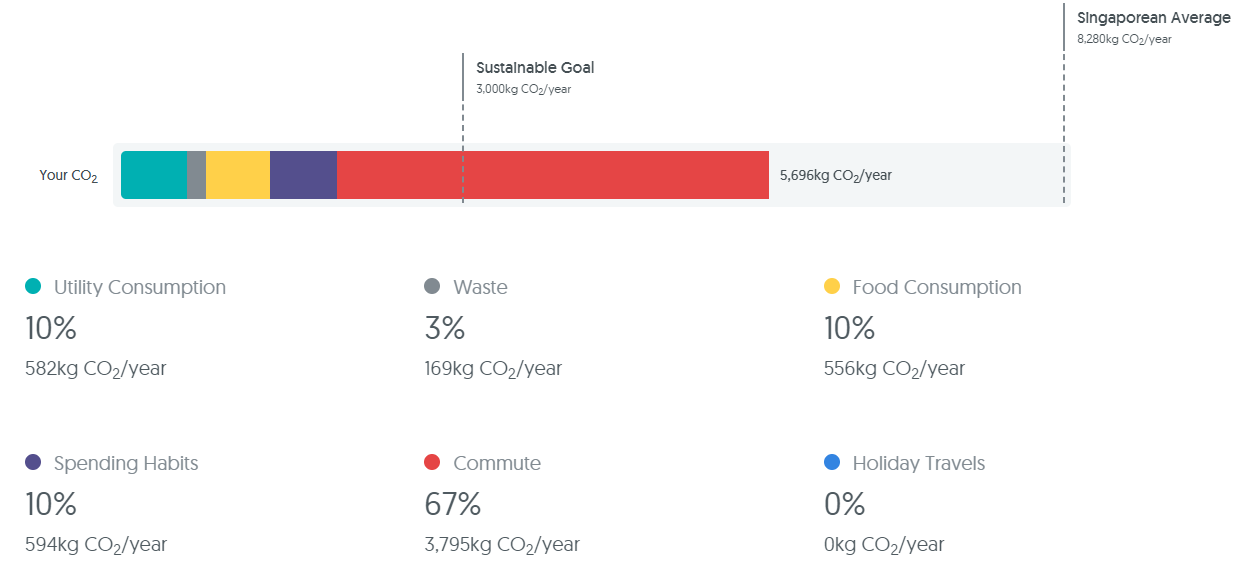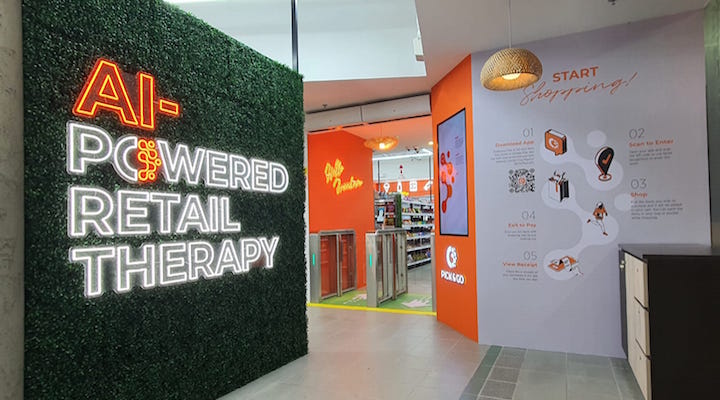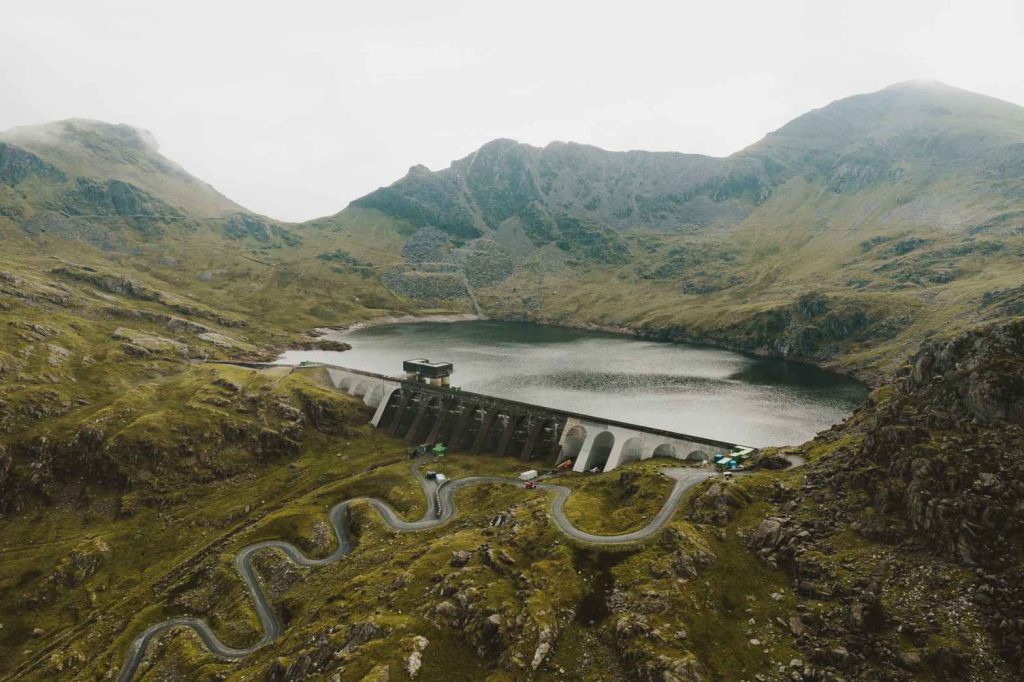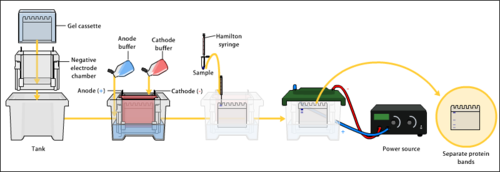When something is labelled as “zero carbon,” it indicates that it does not emit carbon at all. Some eco-friendly homes are considered as being zero carbon, for example, because they have their own renewable and clean energy sources, such as solar panels, and hence do not rely on fossil fuels to provide electricity.
“Net zero” is synonymous with “carbon neutral.” Because it is still a relatively new phrase, you may hear it used interchangeably with other words when discussing matters related to sustainability. However, as governments and enterprises throughout the world embrace net zero objectives, organisations such as the United Nations and the Science Based Targets Initiative are beginning to agree on a definition.
When a company or organisation claims to be “net zero,” it means that they have reduced their emissions as much as possible in accordance with what scientists prescribe.
Carbon offsetting reduces CO2 from the environment in both net zero and carbon neutral scenarios. That removal must be permanent and accredited or licenced in order to be considered. Carbon off-setting projects can range from local tree planting to sponsoring projects that empower developing-country families to minimise their reliance on fossil fuels. Reforestation, replanting, and conservation are some examples. Alternative investments can be made in programmes that minimise greenhouse gas emissions, such as improving cattle feed that helps to reduce cow methane output.
Is it possible for us to be truly zero carbon in the way we live? We might need to reduce our reliance on modern electronic equipment. Instead of reading digital books on electronic tablets, we could opt to read hardcover books printed with papers that were produced from sustainably-sourced timber. Instead of hopping onto your car for that short trip to the grocer, we could opt to hop onto our skate-scooter or bicycle, maybe skateboard? Instead of chugging at the game-controllers, why not play a game of chess, a good old board game or card game with your spouse, friends or family?
One good first step is to understand how much carbon our lifestyle is generating so that we can better understand the impacts of our activities and make changes accordingly. I discovered a carbon calculator that is made by Singapore’s SP Group and you can use it to measure your carbon emission.

First of all, I must highlight that from the looks of it, it is just a simple modelling exercise because the owner also did not declare the sources of the database that they use to build the model. It’s more for improving awareness of sustainability and green living and I think it’s good enough for that. The calculator will take you through a series of questions to which you must answer as truthfully as possible, in order to generate the annual carbon emission of your family.
So here’s my test score for carbon emission.

The results are quite interesting and did not deviate far from my expectations; it stated that my emission is lower than an average Singaporean which I believed to be quite accurate because I really make a lot of conscious effort in my daily activities to be as environmentally-friendly as possible. I am aware of this because in my monthly utility bills, there’s comparison between my monthly utility expenses with the average of all my neighbours’ monthly utility expenses.
Most of the time, I consume much less electricity (approximately 30% to 40% less) than my neighbours, maybe because I do not dabble with bitcoin mining and play video games. Maybe, I do not know. But in reality, there really are those who consume a lot of electricity with bitcoin mining operations, especially during the Covid-19 pandemic. These people will configure their highly customised bitcoin mining machines by rigging it with super coolants, plus their endless rounds of video and computer games while waiting for the bitcoins to drop into their pockets. Sometimes I accept their invitations to join the online games but I quickly get angry at myself (not at them) for spending my time in this manner.
At first, my eyeballs literally popped out when I heard how much they spent on utility bills given the number of family members in their household. Each of their monthly household utility bills are easily in excess of what I consume in 7 to 8 months. Still, it’s their lifestyles, everyone has the freedom to choose what they want to do. At times, I feel like it’s almost futile for me to explain why it’s prudent and environmentally-friendlier to keep such activities in check because it usually ends up with replies like they are able to afford it so why not?
Other times, I’d try to come from other angles, explaining about how everything is a zero-sum game and also on the point about the limits of resources. At times, I get replies that are similar to the responses I get when I used to explain about the pending extinction of sharks due to shark fins harvesting. For this, I hear replies like, “Oh, the sharks are going to be extinct so we better eat as many sharks’ fins as we can.” Nowadays, what I hear more often is, “Oh the fishes/ salmons might be extinct soon so we better eat as many fishes as we can.”
If things get priced more expensively, they’ll say they can afford it, so what? If you explain that things are going to disappear because of over-consumption, they’ll say it’s better to buy it up as fast as possible. I know how excruciating it can be to respond to such arguments because they usually do not care about the larger environmental picture. Their perspective is more self-centered and incline towards consumerism. You need to appeal to their thinking to achieve a win-win outcome.
There is however a third approach to convincing people about the detrimental effects of certain human activities on the environment, i.e. to explain how pollution directly impacts the human population. I almost laughed out loud when I saw a published article that explained how pollution is linked to shrinking penises. That article was actually based on the book “Count Down: How Our Modern World Is Threatening Sperm Counts, Altering Male and Female Reproductive Development, and Imperiling the Future of the Human Race” by Dr. Shanna H. Swan. I highly recommend that you read this book when you have the chance to do so.
Anyway, back to my carbon emission score, I’ve always thought that I was already doing quite well environmentally, especially when this calculator showed that I scored 5,696kg CO2/year, compared to the average Singaporean’s score of 8,280kg CO2/year.
However, it seemed like I had to reduce my emission to less than 3,000kg CO2/year in order to be really environmentally-friendly in their terms. Just my commute alone already comprise 67% of my carbon emission. Even if I reduce my other activities like utility consumption, waste, food consumption and spending habits to literally zero, I still would not be able to go below 3,000kg CO2/year.
The greatest impact will come from changing the way I commute and this could be achieved by switching to public transport, changing to an electric vehicle or riding a bicycle/ skate scooter/ skateboard.

Alternatively, I could also try to plant trees to offset my carbon emission. In this case, the calculator stated that about 283 rain trees are needed to absorb my annual emission. So, this means that if I planted about 190 trees (67% of my carbon emission), I would be able to offset the carbon emission resulting from my commute. One highlight is that the results will not be immediate because trees take time to grow. I remembered planting two fruit seeds and it took about 5 to 6 years to reach about 3 metres in height. A rain tree also takes about 5 years to produce about 550 kg (1210 lb) of green forage (Staples, Elevitch 2006). So, while I am waiting for the trees to grow fully, I would need to continuously plant more than 190 trees per year to offset the carbon emitted during the wait.
It is certainly faster to achieve results by switching my ride. The question is; is taking public transport or switching to an electric vehicle really good for the environment? Are the alternatives always better? Many bus operators have already started to replace their bus fleets with electric buses. It seemed like it would make even more common sense to use public transport powered by batteries. The media narratives portray electric rides as the all-time saviour and public transport as the carbon neutral choice, combing the two is perceived as a sure-win solution.
The question on my mind is, don’t electric vehicles harm our environment in any other ways? What about the metals that’s being used to manufacture the batteries? Do metal mining operations degrade the soil condition in our ground or maybe affect the social lives of those who live around the mining activities? Could it be that we are making choices based on the lesser of two evils principal? If that’s the case, can we push ourselves further to find solutions that elevates us beyond this state?
In my recent research on a Southeast Asian country, I discovered that tin mining operations in certain parts of that country have destroyed large tracts of mangroves. In doing so, they have also significantly reduced the population of shrimps in that region. The shrimps depend on the mangroves for food and as natural habitat. Interestingly, the communities living around that area used to make good money by harvesting these shrimps and grinding them with chilli paste to produce spice condiments.
Ever since the tin mining operations started, more people realised that it is more profitable to be involved in tin mining than catching and farming shrimps. The locals know that mining is bad for the environment, but they have no alternative, plus they can get up to $10 a day from tin mining which is double what they would get working in the agriculture industry. Plus, more people from other places also started to travel to this region to find work in the tin mining trade. All these further complicates the sustainability of the local ecosystem.
I know that it is a highly sensitive and complicated issue therefore it is not realistic to simply adopt a “regulate and ban” approach. It involves livelihoods, social issues, business licenses and to a large extent, the votes of the people and all these requires a careful calibration between the public, private and people factions to deliver a balanced solution. Easier said than done, I rest my case.
More importantly, the idea that I want to bring across is that everything is connected, literally a zero sum game therefore it would be prudent to carefully explore alternatives to fossil fuel.
References
Pollution Is Shrinking Penises, Scientists Warn. (2021, 03 23). Men’s Health. Retrieved 10 27, 2021, from https://www.menshealth.com/uk/sex/a35911756/small-penis-pollution-fertility-sperm-count/
Staples, G. W., & Elevitch, C. R. (2006). Samanea saman (rain tree). Species profile for Pacific Island agroforestry.











